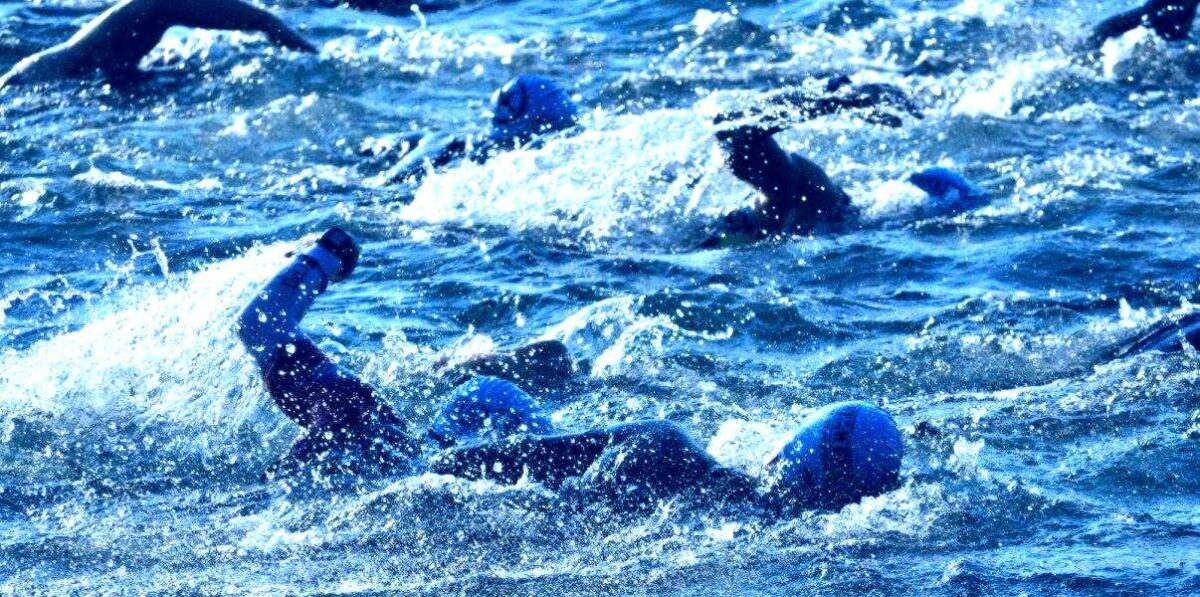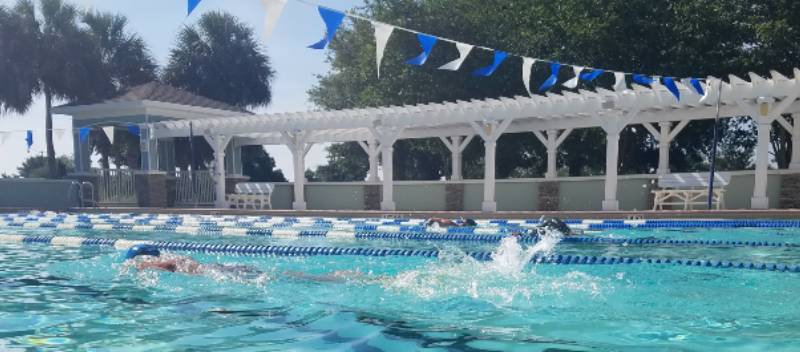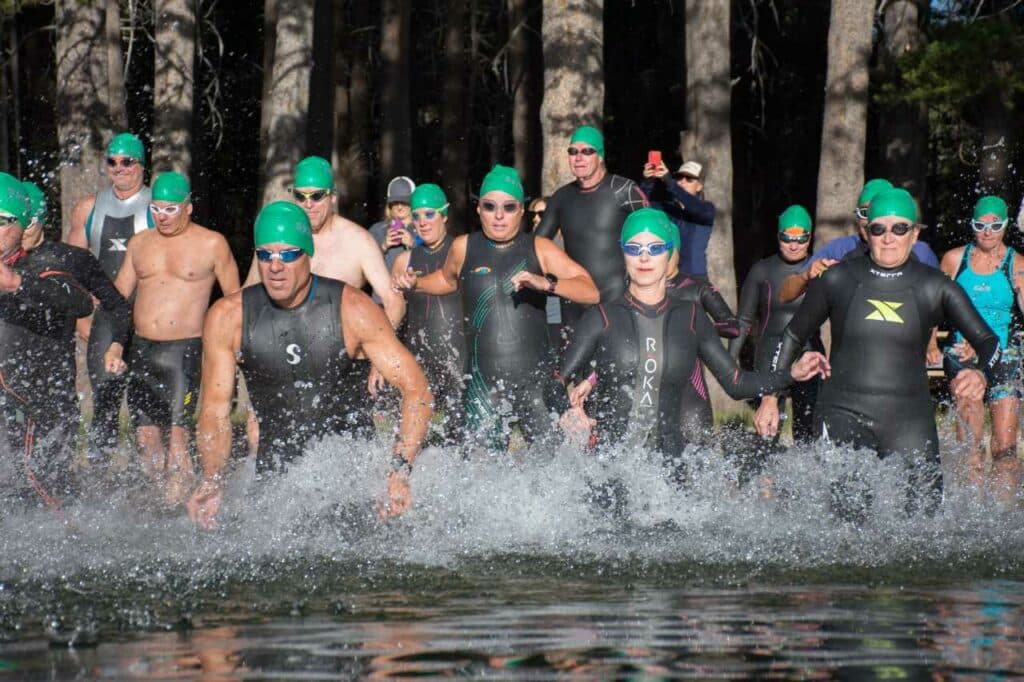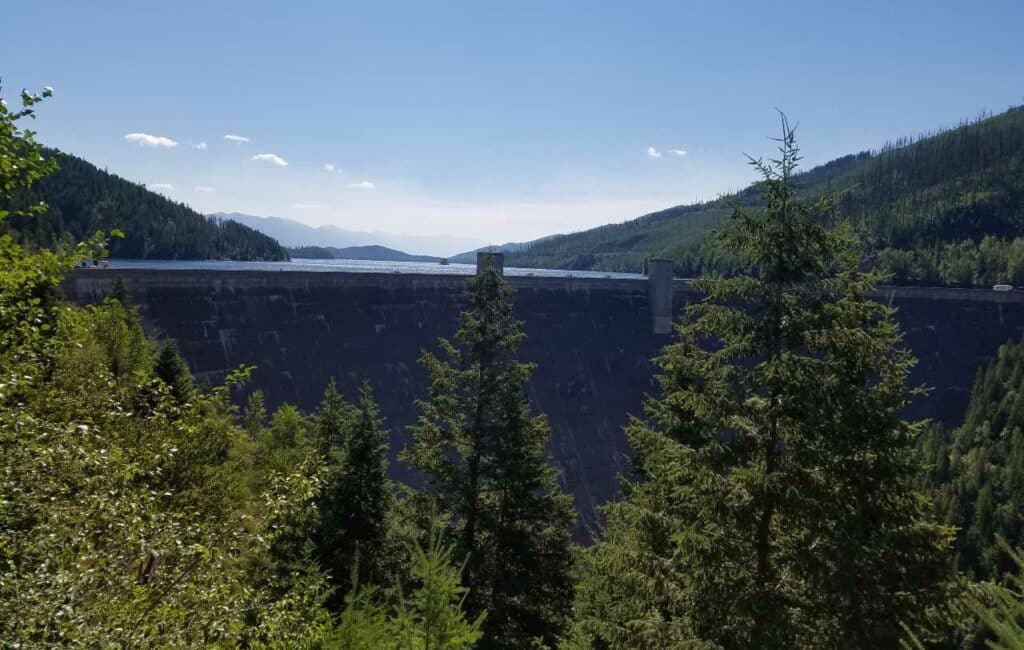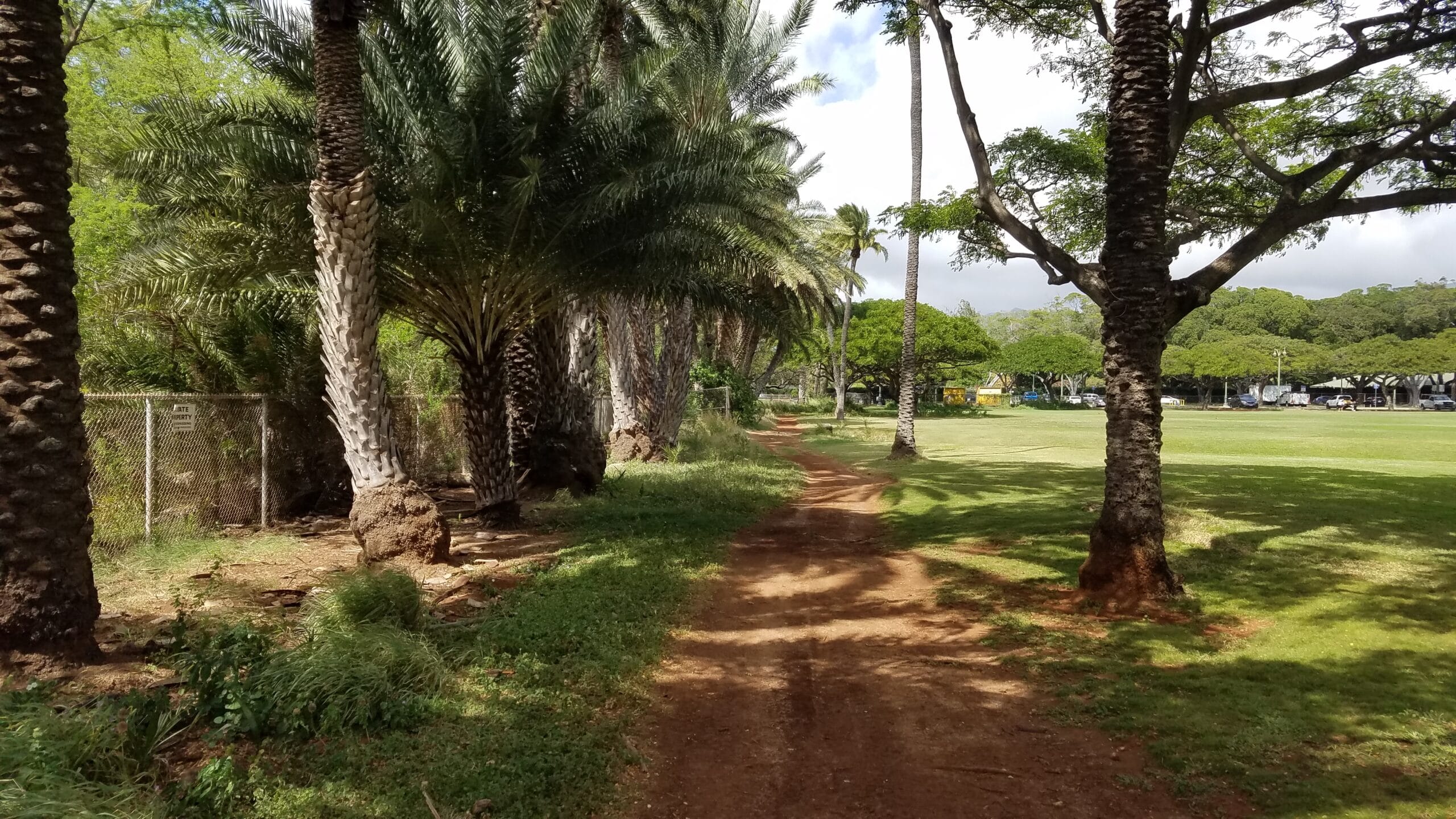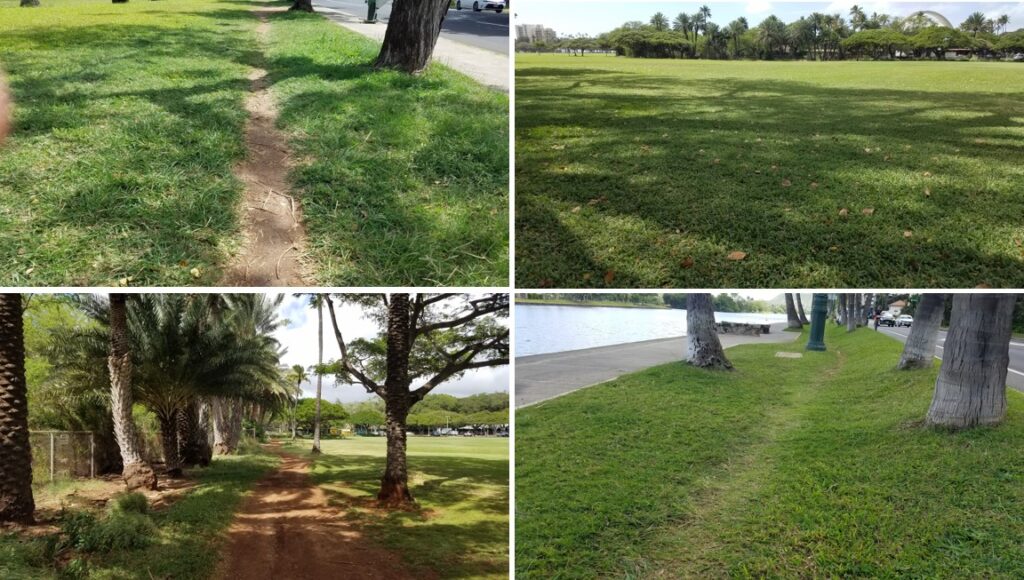Combining Camping and Triathlon
Growing up, I had a full range of camping experiences. My parents, my siblings, and I started with a tent, graduated to a pop-up trailer, and then to a pull-behind trailer. Actually, we camped in several pull-behind trailers, each longer than the previous one. I was fortunate to experience a lot of the USA during my youth in this way.
However, somewhere along the way, I fell out of love with camping. After marriage, Joy and I tried tent camping and camping from a conversion van with varying degrees of success. Allergies to tree pollen and almost guaranteed rain made camping a hit-or-miss experience.
But, I never gave up on camping completely.
Now, as I begin this post, I am sitting outside our rented RV in a KOA campground in northern Utah. It is 81°F with a light breeze blowing down the slopes of the Wasatch Mountains just to my east. Meanwhile, Joy, who came up with the idea for this latest run at camping, is sitting in the air-conditioned motor home.
Our Experiences Camping With a Triathlon
The idea of camping at or near the triathlon venue has been appealing. This was especially true if it meant less travel the day before and the day of the triathlon. Even without this benefit, camping meant being able to eat more ‘home cooked’ meals.
We had planned to tent camp at Lewis Creek County Park before the Best in the West Triathlon Festival outside Sweet Home, Oregon. However, as I reported in the post about this triathlon, we abandoned this idea because of the high temperature in early September.
Three years later, during our six-week road trip through the southeast part of the USA, we did camp using a tent.
Not surprisingly, it rained during the two-night stay at our first destination, outside Logan, Ohio, where I did my Ohio triathlon. To be fair, we followed this with two lovely nights of camping in Kentucky. Okay, it doesn’t always rain when we camp.
However, given the high temperatures in late September and early October further south, we left the tent in our van for the rest of that trip.
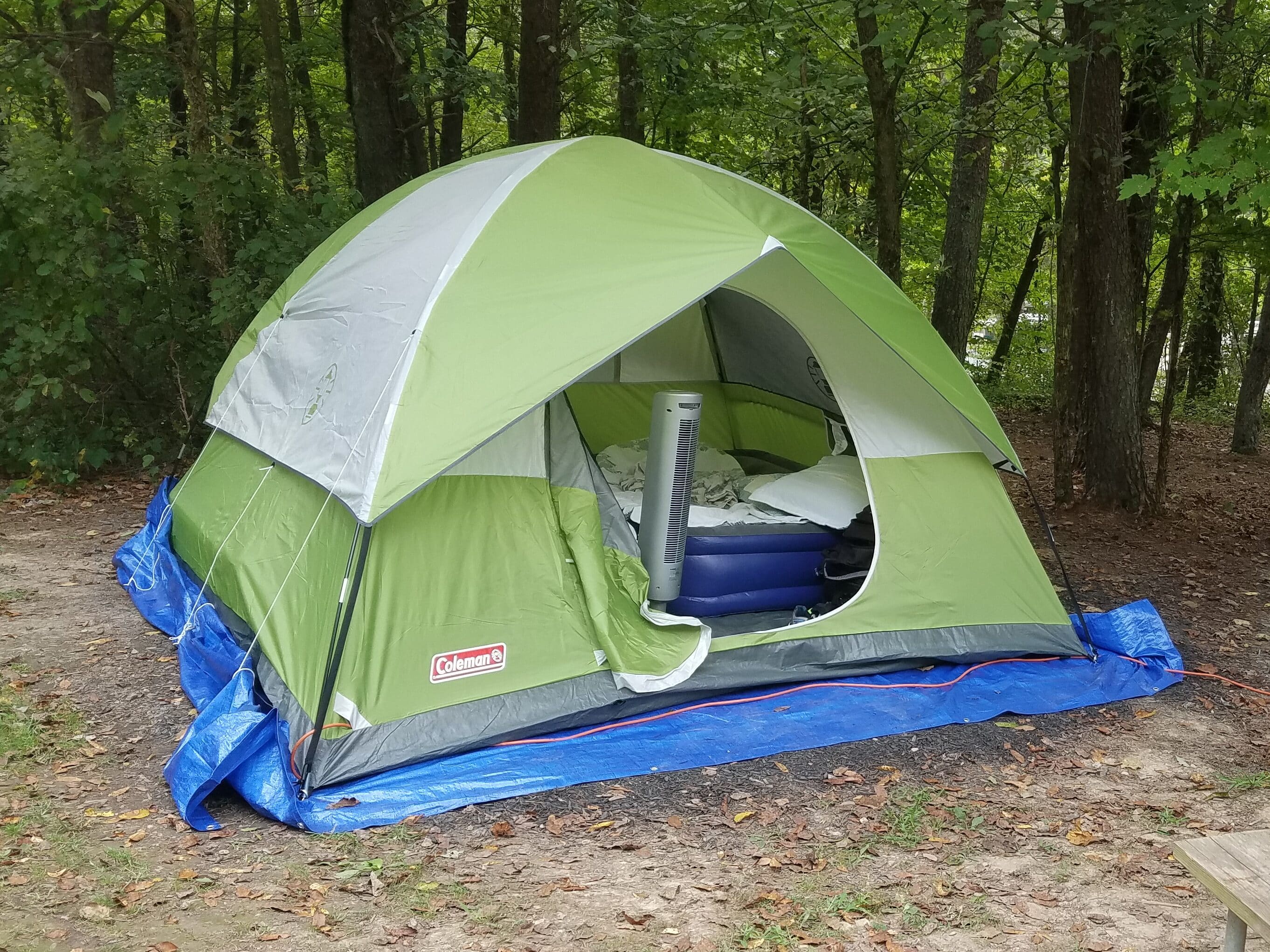
A Newer Experience – Motorhome Camping at a Triathlon
Our latest adventure of camping around a triathlon occurred last summer. This time, we rented a 24 foot Class C motorhome from a private party in Logan, Utah. For two weeks, the motorhome was our home.
From Logan, we drove to Truckee, California, for the Donner Lake Triathlon. It was at this triathlon that we stayed (for free) in a grassy parking area within a hundred yards of the transition area for the race. We both really enjoyed this.
After the race, we drove back to southeastern Idaho for the Preston Triathlon and Seeley Lake, Montana for the Seeley Lake Triathlon. You can read more about our camping adventures in the posts for these two triathlons.
What We Have Learned About Camping and Triathlon
Here are three things we have learned in our efforts to combine racing in a triathlon and camping.
1. Camping at the location of the race is convenient
While I have not polled the group, I am sure that triathletes are mostly early risers. I am an early riser; my wife, not so much.
Rising, checking out of the hotel, and driving to the race location, all in the dark, is what we do. And, it is the cross my wife willingly and cheerfully bears for being married to a triathlete.
It was incredibly convenient to awake on race day at the race venue. After setting up my transition area, I went back to the motorhome and enjoyed a protein smoothie and coffee while counting down the time for the race to begin. Meanwhile, Joy slept.
After waking, she watched through the back window of the motorhome while lying comfortably in bed as we completed the swim leg of our triathlon.
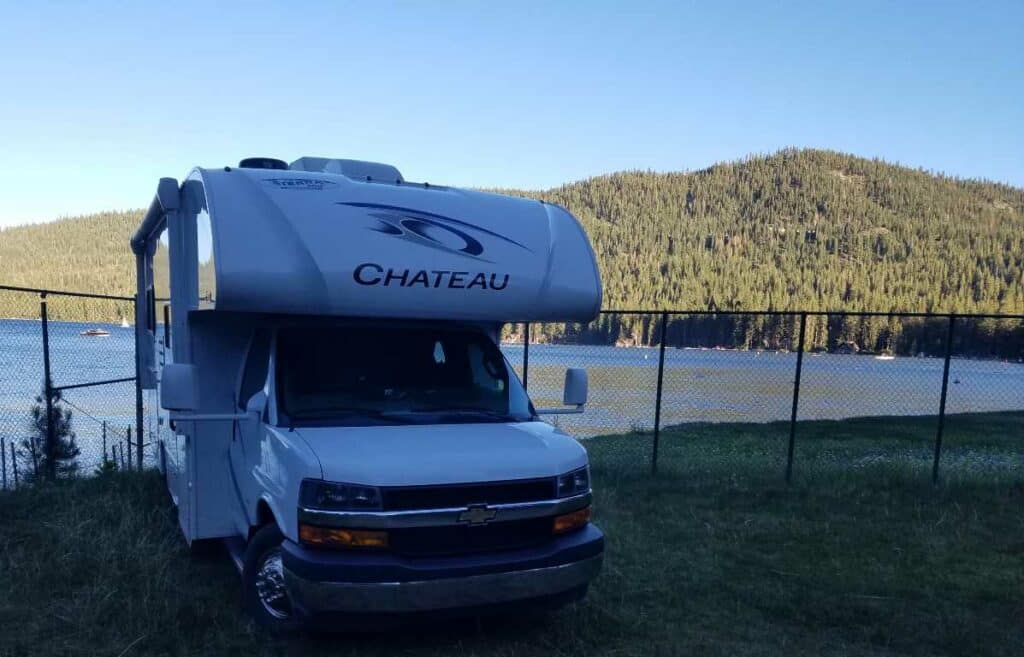
2. You won’t necessarily save money
We paid for the tent through savings in the cost of hotel rooms while traveling to compete in the Ohio triathlon. The story is much different for the motorhome.
Motorhome camping is clearly more comfortable than tent camping. With air-conditioning, we slept well in the motorhome no matter the outside temperature. Since arriving well rested on race day is important, this is a plus.
There is also the benefit of eating food that we prepare. This is both more healthy and less costly. The gas stove and refrigerator in the motorhome made this convenient.
On the other hand, motorhome camping is expensive. The unit we rented averaged nine miles per gallon (mpg) compared to 25-30 mpg for our van. This was when gasoline was $5 to over $6 per gallon.
Add to the cost of the additional fuel, the costs of renting the unit, and parking it at campgrounds with electricity and water hookups, and we spent $250 to $300 per day for the convenience of a motorhome.
3. Camping leads to a new triathlon experience
Even though most triathlons do not offer an option of camping at the race venue, there are still wonderful benefits of camping nearby. It is a treat to be outdoors, exploring new areas of nature with its diverse fragrances, sounds, plants, birds, and other animals.
Once we get away from the city lights, it is wonderful how vast the night sky appears.

You Might Want to Try Camping and Triathlon
The more I travel, the less appealing hotels become.
As you plan your races for this season, you may want to think about camping at or near the race venue. Clearly, there are benefits.
Contact the race director to see what options for camping exist, especially for races held in city or county parks.
Have You Combined Camping and Triathlon?
Have you camped at the triathlon venue before the race? What has been your experience with camping while traveling for a triathlon?
Please share your thoughts and experiences with us in the Comments section below.
Comments: Please note that I review all comments before they are posted. You will be notified by email when your comment is approved. Even if you do not submit a comment, you may subscribe to be notified when a comment is published.


